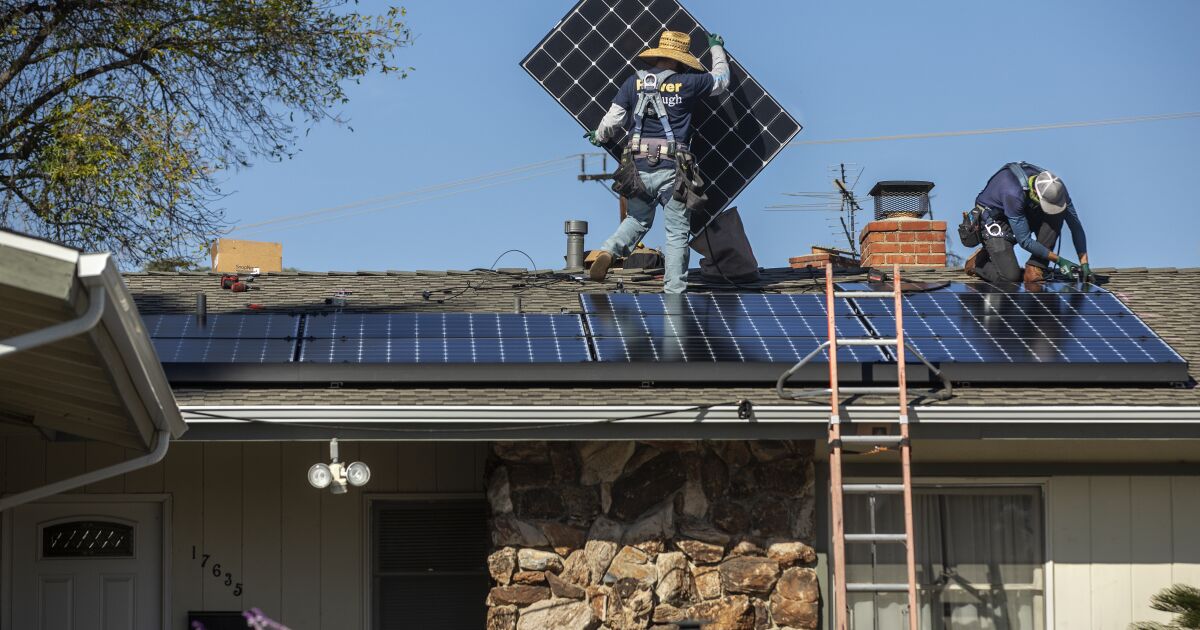wwhitney
Active Member
Reference? I seem to recall last time around exploring the idea that you could interconnect PV under a "non-export" agreement, if that was desirable.No. If you're interconnected, then you must be on NBT. That's really no change from today, except there is only one rate you can be on.
Cheers, Wayne



